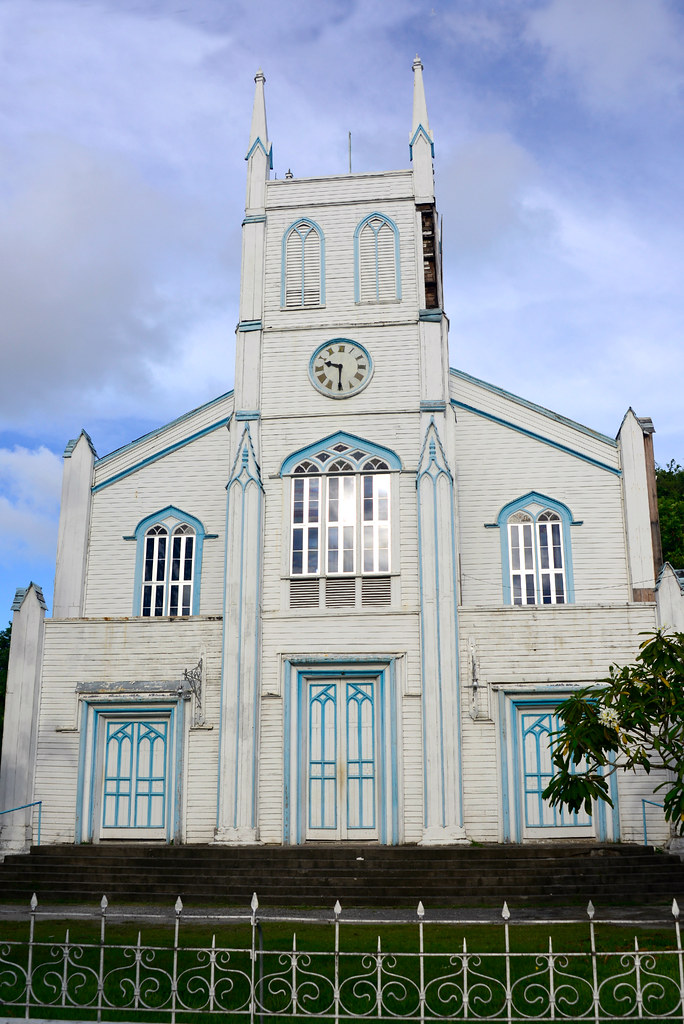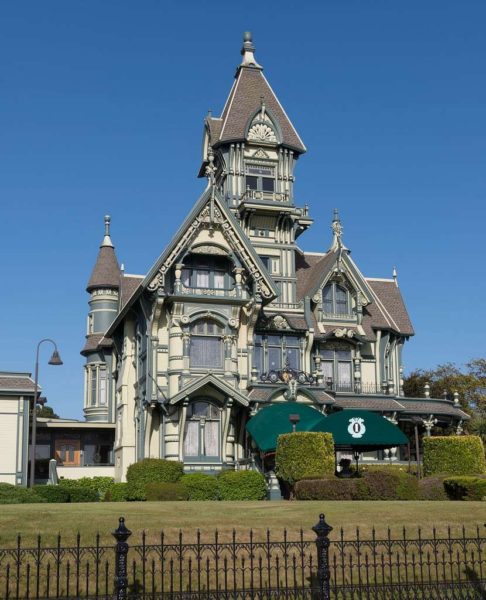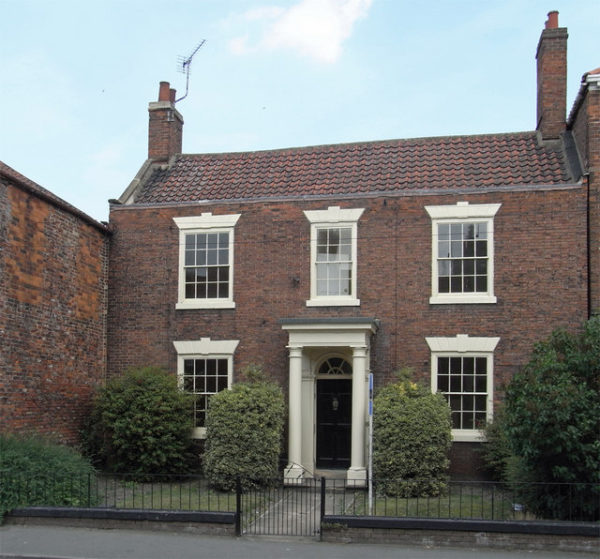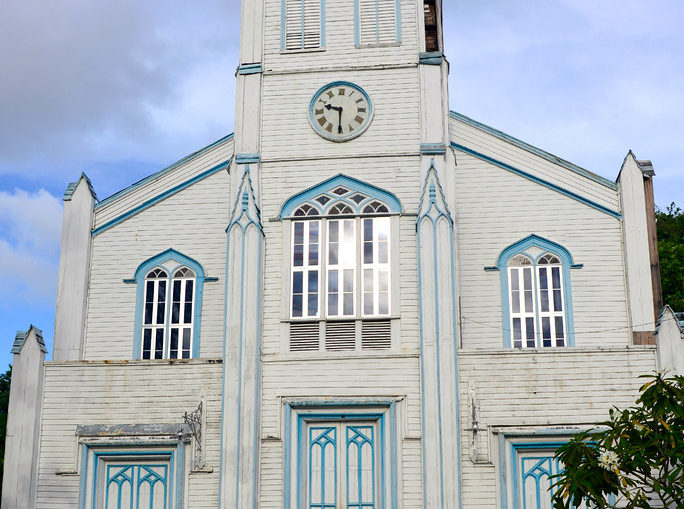The church was established in 1836 as a proprietary chapel and was formed by sixteen (16) former members of the St. George’s Cathedral who wanted a less grandeur design when taking part in their worship services. The sixteen members received permission to carry out their project in 1836 from the Bishop of Barbados.
Early Years
The church was kept private where only special members in England would gather to have their worship services. Despite the church being dedicated by Bishop Austin on 21st November, 1845, the clergyman who was the rector for St. George’s Cathedral still held control over the entire jurisdiction and would not allow for any marriages to be held in Chirst Church. It was until the year 1857 that the church gained a license in order to hold marriage ceremonies, up until this year all marriages were carried out in the St. George’s Cathedral.
The church was closed briefly by Rev. Thomas Jordan Moulder to beautify the interior of the building since he declared that it was “hideous”. A grand re-opening was held on May 1, 1885, and worshippers were once again welcomed into the holy sanctuary.

Fun fact: While the Catholicism and Anglicanism are quite similar the Catholic church embraces hierarchy in the church while the Anglican church does not.
Architectural Design
As mentioned the church was constructed because 16 members of the St. George’s Catholic church wanted a simpler design.
The Chirst Church Anglican church consists of elements of Gregorian and Victorian are the most prominent features of the building, Among these are the three simply carved doorways. The center is the largest, corresponding with the central aisle in the interior of the church. Two large wooden posts are examples of decorative ironwork.
flank the central door, giving way to a simple lancelet window above the central door and two smaller windows above the other doors. Other noticeable features include a small clock and a tower, which houses the church bell.
Examples of Victorian and Gregorian style architecture

Victorian Style Home. Photo Source: https://picryl.com/media/the-carson-mansion-is-a-large-victorian-house-located-in-old-town-eureka-california-10

Gregorian Style Home. Photo Source: https://www.geograph.org.uk/photo/1935914
The Church Now
As a result, Christ Church has made valuable contributions to Guyanese society for many years. The church is a major historical landmark and one of endurance, especially by the Christian community.
One of the most integral architectural features of Guyana’s landscape is that of religious structures and Christ Church Anglican is a wonderful piece of history. The Church is situated on Waterloo Street and services are held every Sunday.
The architecture, although simple, is still quite eye-catching and I, personally, never miss my chance to peer into the compound to admire this magnificent structure.
References:
https://www.landofsixpeoples.com/news02/nc206305.htm
Discover more from Things Guyana
Subscribe to get the latest posts sent to your email.







